Understanding the Neural and Behavioral Aspects of Auditory Processing in Autism
Exploring how unique auditory experiences shape autism spectrum disorder
Auditory processing differences are a core feature of autism spectrum disorder (ASD), affecting how individuals perceive, interpret, and respond to sounds. These differences influence social communication, behavior, and overall quality of life. This article delves into the scientific understanding of auditory processing in autism, exploring neural mechanisms, symptom manifestations, diagnostic approaches, and management strategies.
Neural Foundations of Auditory Processing in Autism
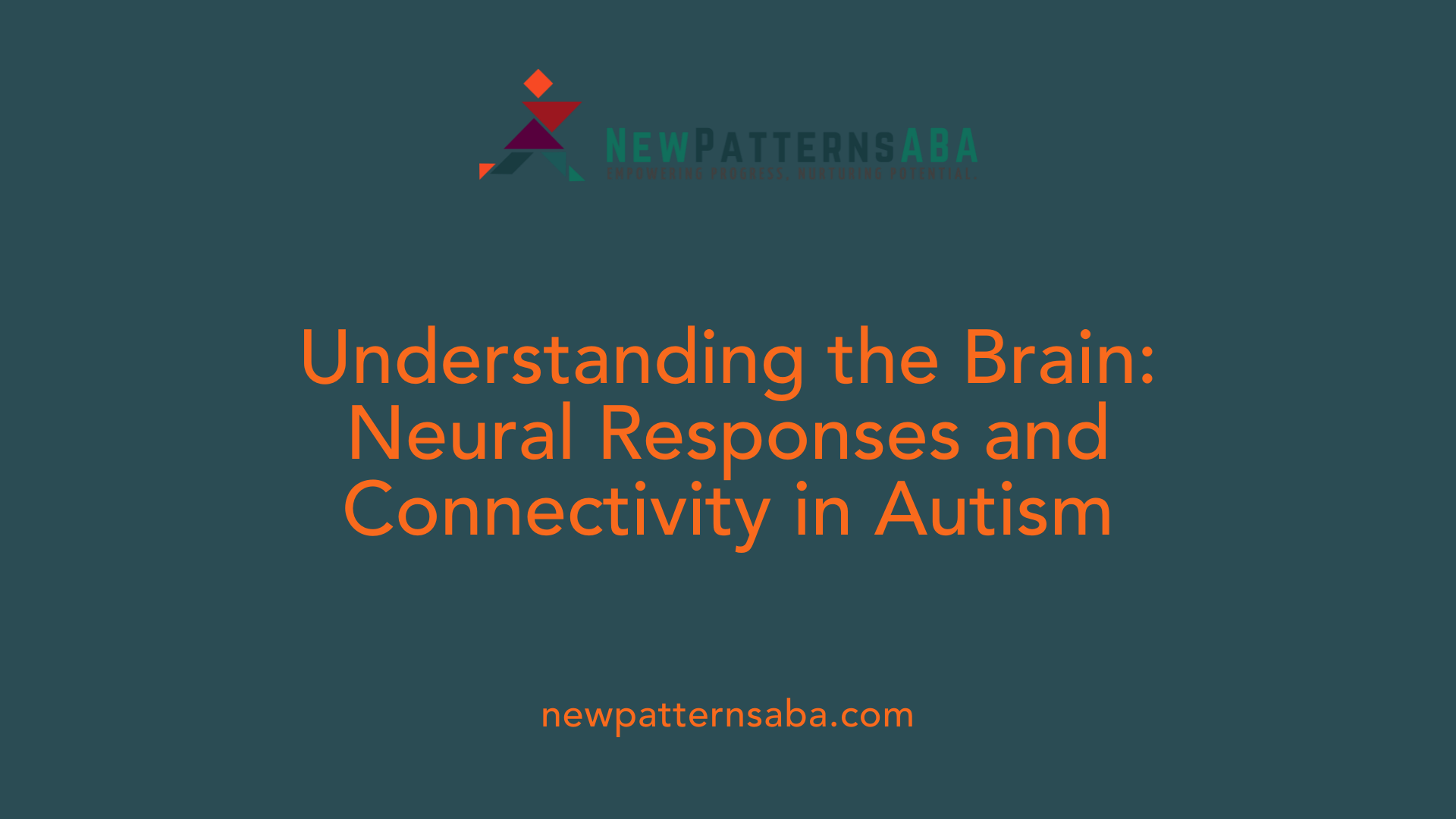
What does research say about the neurological basis of auditory processing differences in autism?
Numerous studies highlight that the differences in auditory processing observed in autism stem from atypical neural responses and connectivity within the brain. Specifically, research shows that regions like the auditory cortex display altered activity patterns, including delayed or diminished responses to sound stimuli.
At a neurophysiological level, measures such as EEG, MEG, and fMRI have uncovered that autistic individuals often exhibit abnormalities in early cortical responses, like the P1, MMN, and P2 components, indicative of deficits at perceptual and cortical processing stages. These responses are often delayed or reduced in amplitude, signaling impaired neural timing and strength in processing auditory information.
Structural brain differences also play a crucial role. Imaging studies have identified atypical white matter development in auditory pathways and cortical regions involved in speech and sound processing. For example, diffusion MRI reveals abnormal white matter connectivity, which can affect how auditory signals are transmitted and integrated.
Functional differences include altered neural synchrony and decreased gamma-band activity, reflecting an imbalance between excitatory and inhibitory signals in the brain. This imbalance can contribute to sensory hypersensitivity or hyposensitivity and difficulties in filtering relevant sounds from background noise.
Additionally, early developmental delays in auditory brainstem responses have been recorded in infants predisposed to autism, suggesting that these neural differences are present from a very young age. These delays can impact the maturation of auditory pathways, influencing language acquisition and social communication.
Genetic factors also contribute to these neural differences. Variants affecting synaptic functioning and neural organization may underlie the structural and functional disruptions seen in auditory processing circuits.
Furthermore, disruptions in the functional connectivity between auditory regions and other areas involved in language and social cognition have been observed. Reduced connectivity has been linked to communication difficulties and atypical sensory experiences.
Overall, the convergence of these neurophysiological, structural, and functional findings underscores that auditory processing challenges in autism are rooted in complex neural differences. Understanding these neural mechanisms provides critical insights into potential biomarkers and points toward targeted interventions aimed at modulating neural activity and connectivity.
| Aspect | Observed Differences | Implications |
|---|---|---|
| Neurophysiological responses | Delayed or reduced P1, MMN, P2, altered ABR | Impact on sound discrimination and early perception |
| Brain region activity | Atypical responses in auditory cortex | Difficulty filtering sounds and speech |
| Structural development | Abnormal white matter and cortical responses | Impaired neural transmission and integration |
| Connectivity | Reduced functional connectivity | Challenges in integrating auditory with language and social cues |
| Oscillatory activity | Lower gamma-band power | Disrupted excitatory-inhibitory balance |
This evolving understanding underscores the importance of early detection of neural differences and highlights potential avenues for intervention, such as neurofeedback, auditory training, and neuromodulation therapies, aimed at normalizing these neural responses and improving auditory and social processing.
Behavioral Manifestations and Symptoms of Auditory Processing Challenges
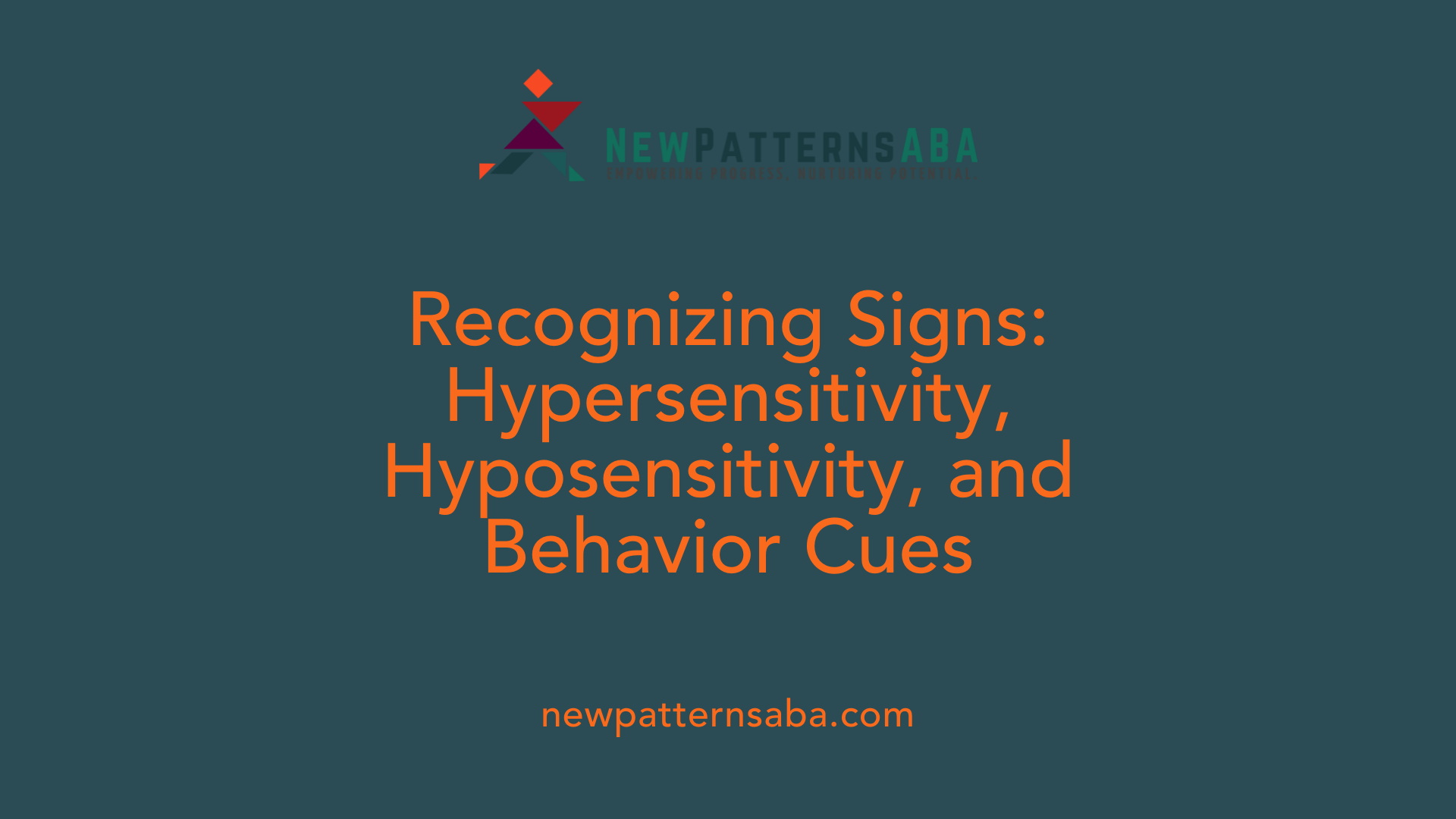
What are the symptoms and manifestations of auditory processing challenges in individuals with autism?
Autistic individuals frequently experience difficulties in processing auditory information, which impacts their ability to interpret sounds accurately. These challenges are rooted in neurological differences, including delayed or abnormal brain responses such as those measured by P300 brain wave assessments, indicating impaired cognitive processing and memory retrieval related to sound.
One common manifestation is hypersensitivity to certain sounds, where ordinary noises can feel overwhelming or painful. For example, many autistic children show signs of hyperacusis, resulting in behaviors like covering their ears in quiet environments or distress during loud or unpredictable noises.
Conversely, some may experience hyposensitivity, leading them to seek out sound or respond less to auditory stimuli than neurotypical peers. They might hum, make repetitive noises, or appear indifferent to auditory input.
These challenges often manifest behaviorally through specific actions. Covering ears in non-noisy settings, humming or self-stimulatory sounds, and visible signs of distress when in noisy environments are common. Such behaviors can be coping mechanisms to reduce sensory overload or manage hypersensitivity.
Difficulty understanding speech in noisy settings is another hallmark. Autistic individuals may struggle to differentiate speech from background noise, making conversations confusing or frustrating. This is due to deficits in auditory scene analysis, which hampers their ability to filter meaningful sounds from environmental noise.
Overall, these auditory processing difficulties can hinder communication, social engagement, and learning. In response, individuals often rely on strategies like using ear protection, seeking quieter environments, or engaging in visual supports to aid understanding.
The link between these behaviors and neurological issues is supported by electrophysiological research, which has observed reduced or delayed neural responses in auditory perception pathways. This underscores the complex interplay between brain function and sensory experience in autism.
Understanding these symptoms enables caregivers, educators, and therapists to develop tailored interventions. For example, introducing visual supports, creating sensory-friendly environments, and incorporating auditory training exercises can help mitigate the impact of these challenges and improve overall quality of life.
Research Evidence and Electrophysiological Insights
What does research say about the neurological basis of auditory processing differences in autism?
Research points to significant neurological underpinnings behind auditory processing challenges in individuals with autism. Atypical activity and connectivity in brain regions responsible for processing sound, such as the auditory cortex, have been consistently documented. Electrophysiological measures, including evoked potentials like the auditory brainstem response (ABR) and cortical responses, often show smaller, delayed, or less consistent patterns in autistic individuals.
These neural differences are linked to sensory sensitivities commonly seen in autism, such as hypersensitivity to loud sounds and difficulty filtering speech amid background noise. Neurophysiological imaging techniques like EEG, MEG, and functional MRI reveal altered cortical responsiveness, abnormal timing, and imbalances in excitatory and inhibitory neural signaling.
Structural anomalies, as well as genetic factors affecting synaptic function, likely contribute to these auditory processing issues. These neural variations influence broader traits such as language development and social behaviors, suggesting their potential as biomarkers for early diagnosis and intervention strategies.
Overall, these findings highlight that auditory processing differences are rooted in the neurobiology of autism, affecting both sensory experiences and communication abilities.
How does electrophysiological research deepen our understanding of auditory deficits in autism?
Electrophysiological research employs techniques like EEG and the measurement of evoked potentials to explore how the autistic brain responds to sound stimuli.
Studies have consistently shown that individuals with autism exhibit delayed latencies and reduced amplitudes in early auditory responses such as P1, MMN (mismatch negativity), and P2 components. These irregularities suggest deficits at both cortical and brainstem levels in processing auditory information.
For instance, delayed or atypical P300 responses—associated with cognitive processing and memory retrieval—have been observed, indicating impairments in how the brain evaluates and interprets sounds.
These abnormalities are linked to difficulties in sound discrimination and speech understanding, which are often evident in language and social communication delays.
Moreover, electrophysiological findings serve as potential biomarkers for early detection of auditory processing issues in autism, guiding the development of targeted therapies. Understanding neural timing and response integrity emphasizes the importance of precise neural mechanisms in supporting auditory perception.
In summary, electrophysiological studies deepen our understanding by revealing the timing and nature of auditory processing abnormalities, informing both clinical assessments and intervention approaches.
Overlap Between Auditory Processing Disorder (APD) and Autism
How is auditory processing disorder related to autism spectrum disorder?
Auditory processing disorder (APD) and autism spectrum disorder (ASD) are deeply interconnected, with research suggesting that a significant portion of individuals with autism also experience difficulties related to auditory processing. Studies estimate that up to 80% of children with autism exhibit atypical auditory responses, which include hypersensitivity, hyposensitivity, and challenges in distinguishing speech amid background noise.
In autism, these auditory processing challenges are not simply sensory quirks but are rooted in neurological differences within the brain’s auditory pathways. For example, research shows altered neural responses such as delayed or reduced P300 waves—brain signals associated with attention and memory retrieval—and atypical mismatch negativity (MMN), which indicates problems in sound discrimination. These neurophysiological differences suggest that both ASD and APD involve impairments at early perceptual cortical levels and brainstem responses.
Importantly, APD in individuals with autism is not caused by traditional hearing loss; instead, it involves how the brain interprets and processes incoming sounds. This processing difficulty can lead to significant challenges in speech comprehension, especially in noisy environments, contributing to social communication barriers. Children and adults with autism may display behaviors such as covering their ears, humming in response to noise, or becoming distressed in loud or unpredictable auditory settings.
Understanding this overlap has important implications for diagnosis and support. Recognizing auditory processing issues as a core feature in many individuals with autism enables tailored interventions. These may include auditory training, environmental modifications, and the use of visual supports to enhance comprehension and reduce sensory overload.
Overall, addressing auditory processing differences can play a crucial role in improving communication skills, emotional regulation, and overall quality of life for those affected. Since these challenges are rooted in neural processing, therapies that target the brain’s auditory pathways can lead to meaningful developmental gains, emphasizing the importance of integrated, multidisciplinary assessment and intervention approaches.
Diagnosis and Management of Auditory Processing Issues in Autism
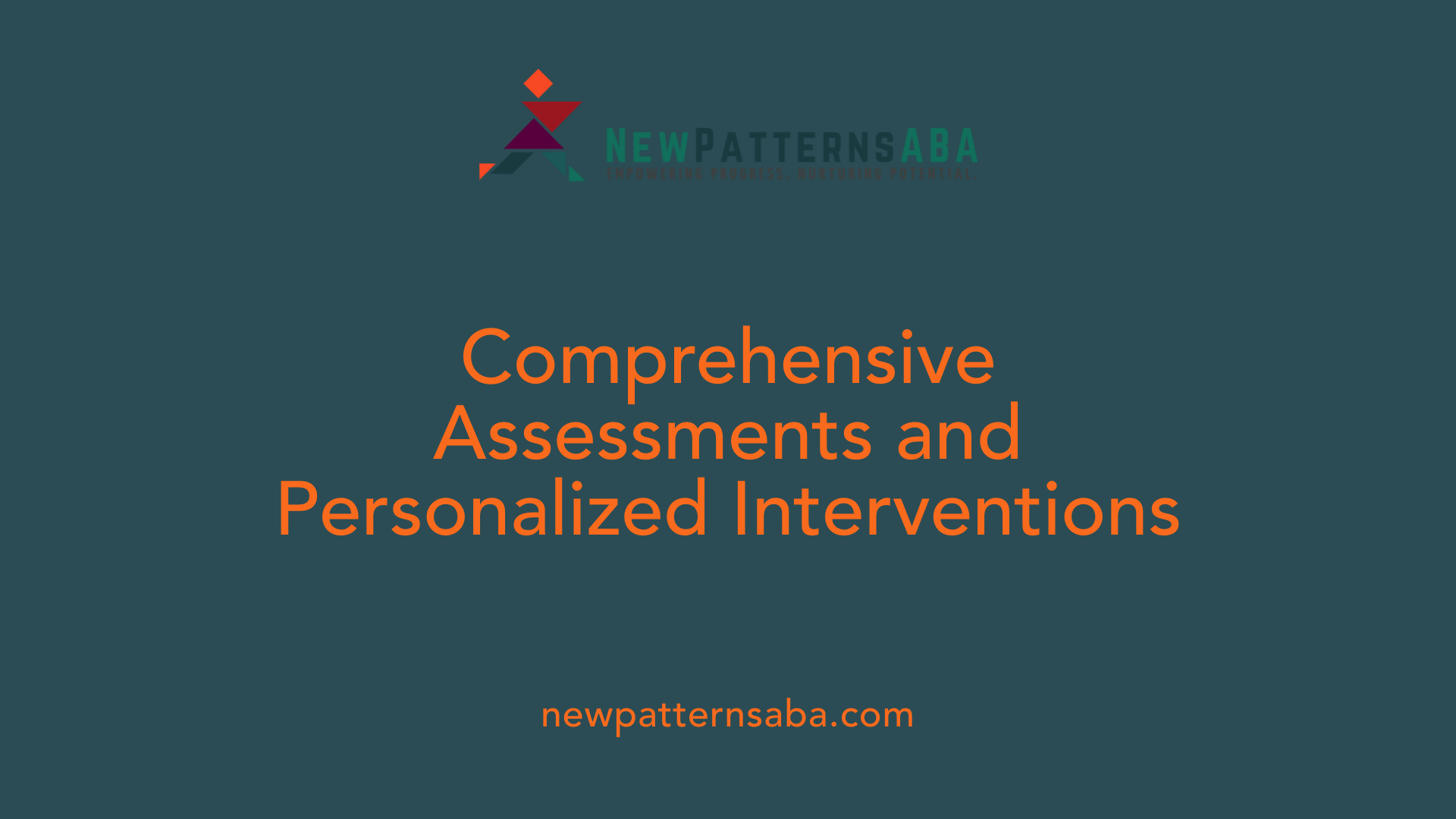
What are the approaches to diagnosing and managing auditory processing issues in autistic individuals?
Diagnosing auditory processing challenges in individuals with autism requires a multi-faceted, expert-involved approach. Audiologists, psychologists, speech-language pathologists, and neurologists collaborate to perform comprehensive assessments.
Initial evaluations often include behavioral tests such as speech-in-noise discrimination, auditory attention tasks, and speech-evoked responses. These tests help identify difficulties in how the brain processes sound. For example, assessments might involve response pattern analyses—like click auditory brainstem responses and speech-evoked frequency-following responses—to compare processing between autistic children and typically developing peers.
Electrophysiological testing, especially using electroencephalography (EEG), offers insight into neural activity related to sound processing. Delayed or abnormal responses, such as longer latencies A-wave and reduced amplitude of ERPs like P300, have been associated with atypical auditory processing. These neural markers reveal that challenges are rooted in brain circuitry rather than hearing impairments.
Since many of these difficulties are brain-based, hearing tests alone are insufficient; instead, specialized electrophysiological procedures help gauge neural synchrony and pathways involved in auditory perception.
Management strategies for these challenges are as varied as the assessments. Auditory training programs focus on improving specific skills like sound discrimination, auditory memory, and attention through targeted exercises such as phonemic discrimination tasks, speech-in-noise drills, and rhythm-based activities.
Environmental modifications are crucial. Reducing background noise, using visual supports—like sign language or cued speech—and employing assistive listening devices, such as FM systems or noise-canceling headphones, help create more accessible auditory environments.
Speech and language therapy tailored to the child's needs can complement auditory training, emphasizing understanding and producing speech, especially in noisy circumstances.
Emerging interventions include the use of audiovisual integration techniques, sensory integration therapy, and behavioral strategies that help the brain better synchronize and process auditory stimuli.
Overall, a multidisciplinary, personalized approach that integrates assessments, environmental adaptations, technological tools, and behavioral therapy offers the best support for autistic individuals facing auditory processing difficulties. Early diagnosis and tailored interventions are essential to improving communication skills and enhancing quality of life.
Impact of Auditory Processing on Language, Behavior, and Quality of Life
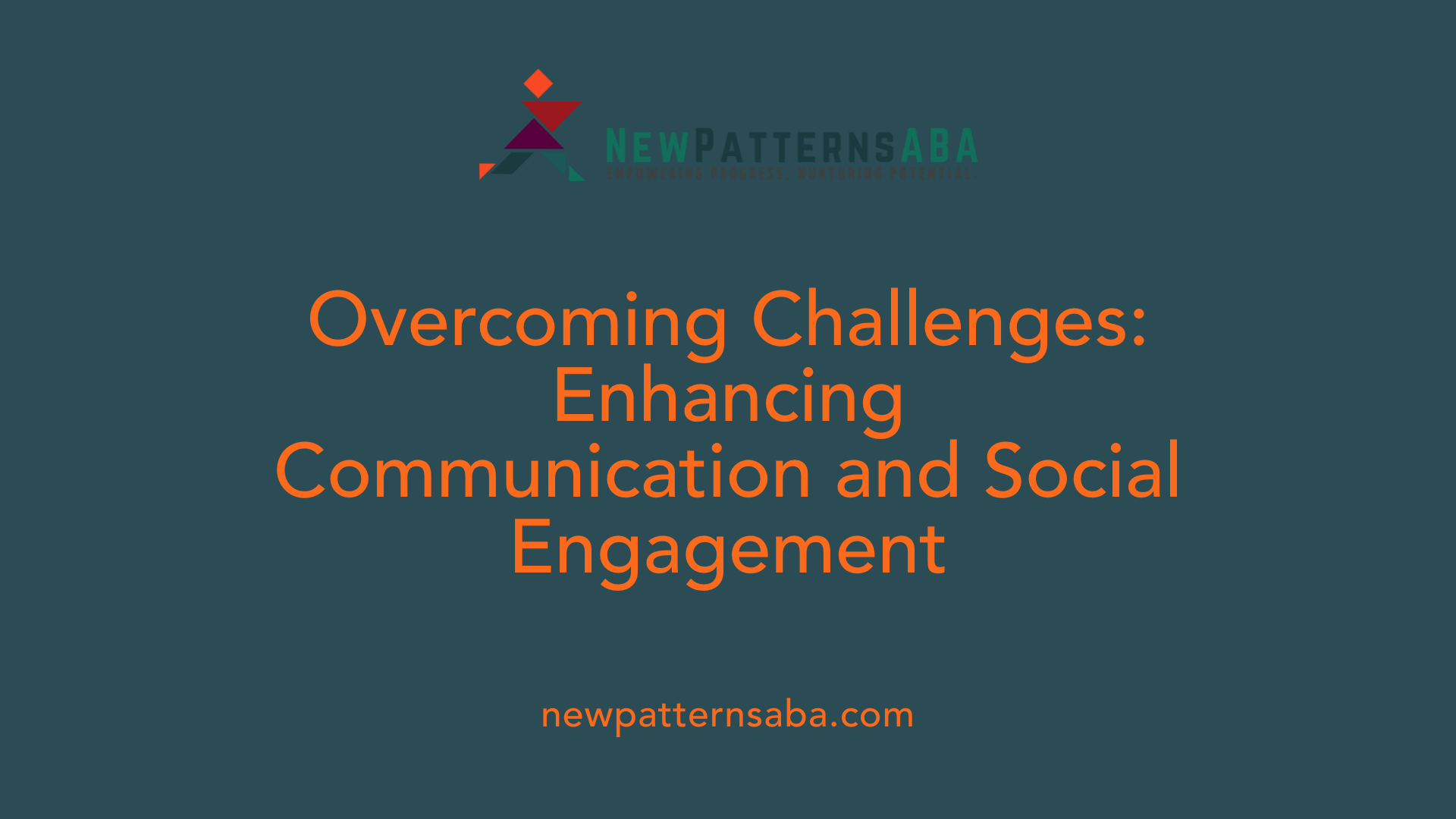
How do auditory processing differences impact language development, behavior, and quality of life in autistic individuals?
Autism spectrum disorder (ASD) often involves significant challenges related to how the brain processes sounds. These auditory processing differences can greatly influence language development. Many autistic children and adults experience difficulty understanding speech, especially in noisy environments, or have trouble differentiating sounds and speech tones. Despite having normal hearing, their brains may struggle to interpret auditory information correctly, leading to delays or issues in acquiring spoken language.
Research indicates that these processing difficulties are linked to atypical neural responses at both brainstem and cortical levels. For example, delayed or reduced auditory brain responses suggest that early stages of sound processing are not functioning typically. This neural imbalance can hinder an individual’s ability to follow conversations, learn new words, and comprehend complex language cues.
Behaviorally, these auditory processing challenges often manifest as responses to sensory overload. Many individuals become overwhelmed by noise, leading to behaviors such as covering ears, humming in response to loud sounds, or withdrawing from auditory stimuli altogether. These reactions are often attempts to self-regulate and avoid distress caused by overstimulation.
Auditory sensitivities and difficulties in filtering relevant sounds can also trigger anxiety and confusion in social contexts. For example, navigating environments like busy classrooms, shopping centers, or social gatherings becomes daunting and can lead to social withdrawal. Such behaviors contribute to social isolation and hinder the development of communication skills, which in turn impacts overall social functioning.
The effects extend beyond behavior and communication, influencing overall quality of life. Sensory overload episodes and ongoing difficulties in managing auditory input can reduce engagement in everyday activities, cause frustration, and increase emotional distress. For many, these challenges diminish participation in learning, social interactions, and even routine daily tasks.
Neurological research underscores that abnormal connectivity within auditory networks and delayed maturation of auditory pathways further exacerbate these issues. When auditory information cannot be properly processed, it affects emotional regulation, attention, and learning, reinforcing other autistic traits.
Importantly, early detection of auditory processing disparities provides an opportunity for targeted interventions. Strategies like auditory training programs, visual supports, and environmental modifications help improve sound discrimination and filtering skills. These approaches aim to lessen sensory overload, foster better language acquisition, and enhance daily functioning.
Overall, the connection between auditory processing and broader autistic traits emphasizes the importance of understanding sensory differences. Supporting individuals with tailored therapies can lead to improved communication, reduced stress, and a better quality of life.
Support Strategies and Accommodations for Auditory Processing Challenges
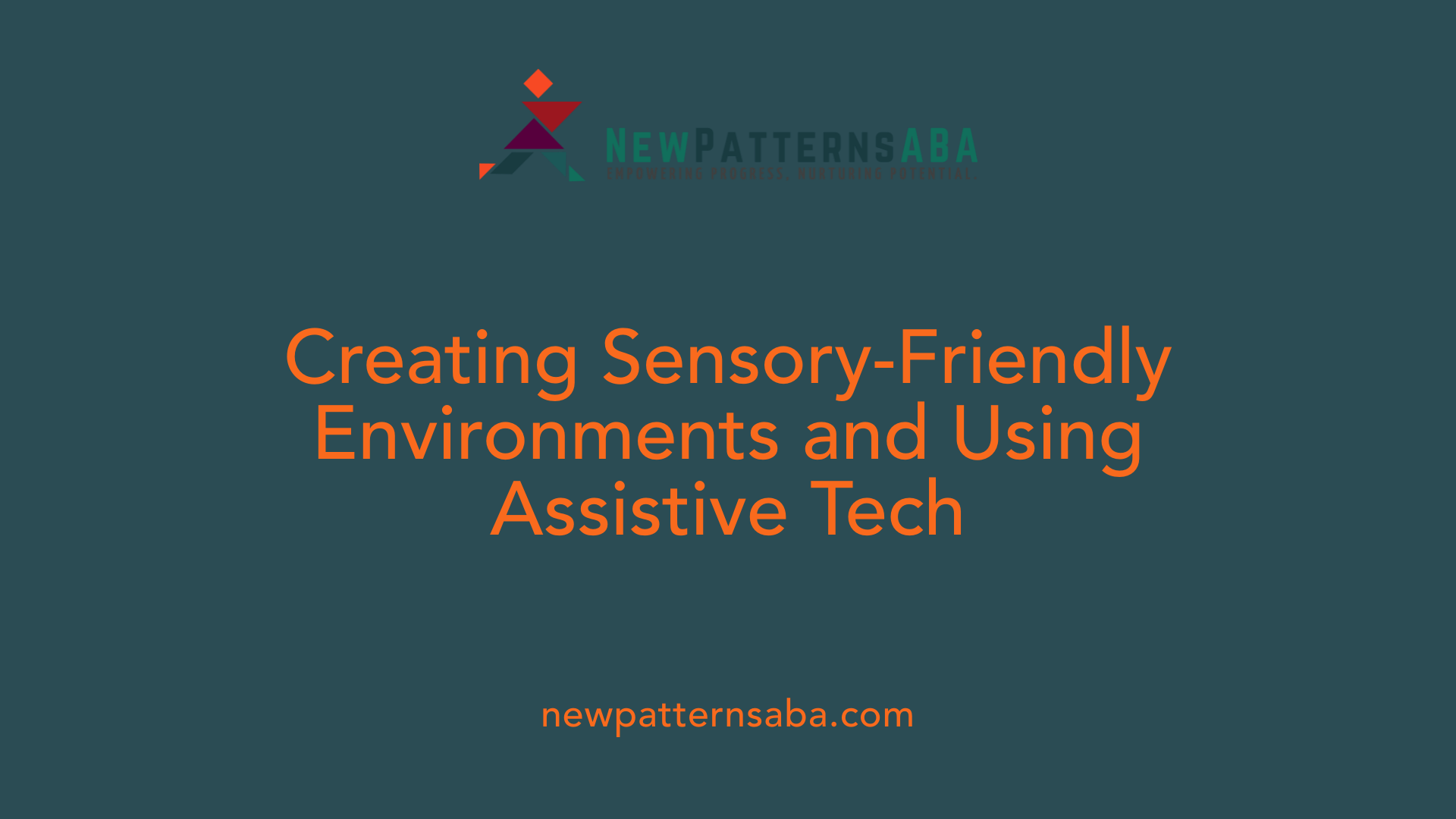
What management strategies can support autistic individuals with auditory processing challenges?
Supporting autistic individuals with auditory processing difficulties involves a combination of environmental modifications, visual supports, and use of assistive technology.
First, creating sensory-friendly environments is crucial. This includes reducing background noise levels and providing quiet spaces where individuals can retreat to if sensory overload occurs. Such spaces help minimize overstimulation and give a calming environment for processing auditory inputs.
Incorporating visual supports is highly effective. Visual aids such as picture schedules, visual cues, and paired visual-aural instructions can help enhance understanding. For example, using images alongside spoken instructions helps reduce confusion and allows individuals more time to process information.
Clear, simple communication is essential. Instructions should be slow, deliberate, and accompanied by visual cues whenever possible. Giving extra time to process spoken language prevents frustration and supports better comprehension.
Technology also plays a significant role in managing auditory sensitivities. Noise-canceling headphones and earmuffs can help reduce overwhelming sounds. FM systems and personal amplification devices, like those that use radio frequency technology, can boost specific sounds and improve speech perception in noisy environments.
Some individuals benefit from auditory feedback devices like Forbrain, which enhance speech and listening skills through sound modulation. Using these tools can improve auditory discrimination and processing over time.
Finally, collaborating with professionals such as speech-language pathologists and occupational therapists is vital. These specialists can help develop personalized strategies tailored to each person's specific needs and challenges.
Implementing these management tactics can significantly improve communication, reduce stress, and support the overall well-being of autistic individuals facing auditory processing difficulties. Creating supportive, structured, and accommodating environments empowers individuals to navigate social and educational settings more effectively.
Towards a Better Understanding and Support of Auditory Processing in Autism
Advances in neuroimaging, electrophysiology, and behavioral studies have deepened our understanding of the neural mechanisms underlying auditory processing differences in autism. Recognizing the diversity and complexity of these sensory experiences underscores the importance of early diagnosis and personalized interventions. Employing a multidisciplinary approach—combining behavioral therapies, technology, and environmental adjustments—can significantly improve communication, reduce sensory overload, and enhance the quality of life for autistic individuals. Continued research and inclusive support strategies hold the promise of fostering more accessible and supportive environments, advocating for the nuanced needs of each person within the autism spectrum.
References
- Autism Issues with Auditory Processing
- Auditory Processing Disorder
- Auditory Processing Differences in Toddlers With Autism ...
- Autism Spectrum Disorder and auditory sensory alterations
- Auditory Processing Differences in Toddlers With Autism ...
- A Comprehensive Guide to Auditory Processing Disorder ...
- Auditory environments influence the link between Autistic ...
- Understanding Auditory Processing Disorder in Autism
- How auditory processing influences the autistic profile: A ...
- When the World Is Too Loud: Rethinking Autism, Auditory ...






